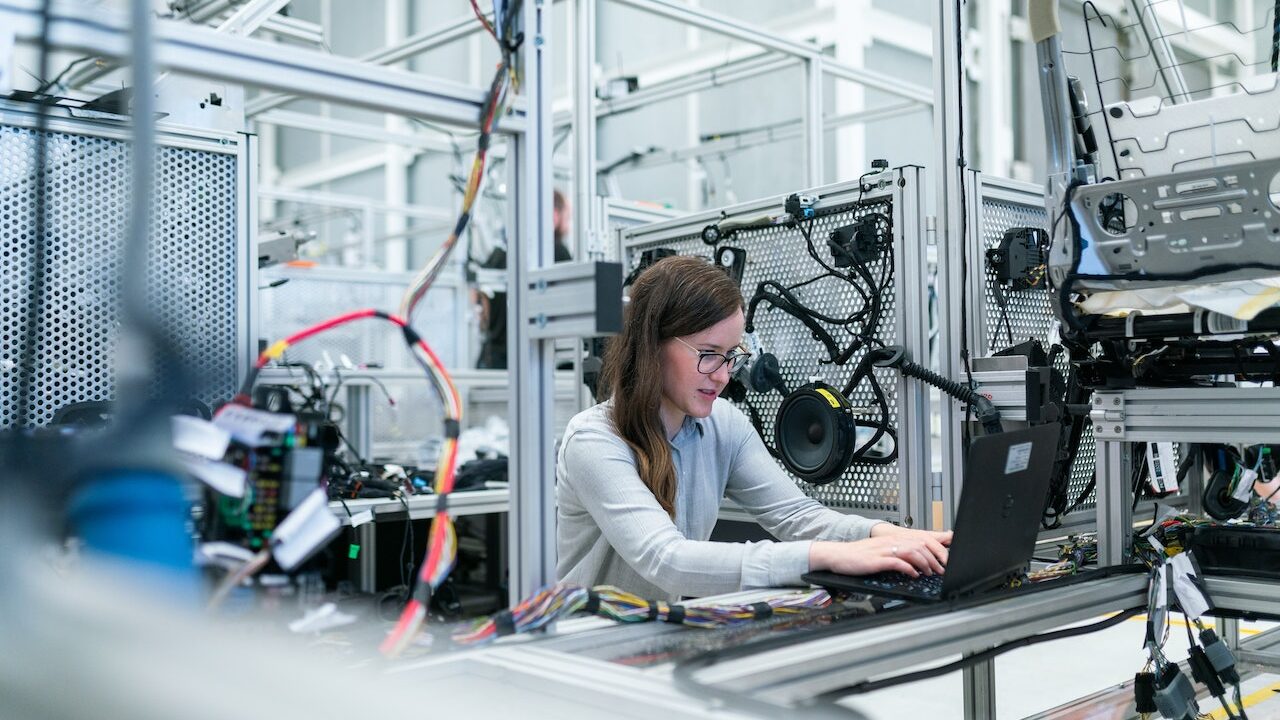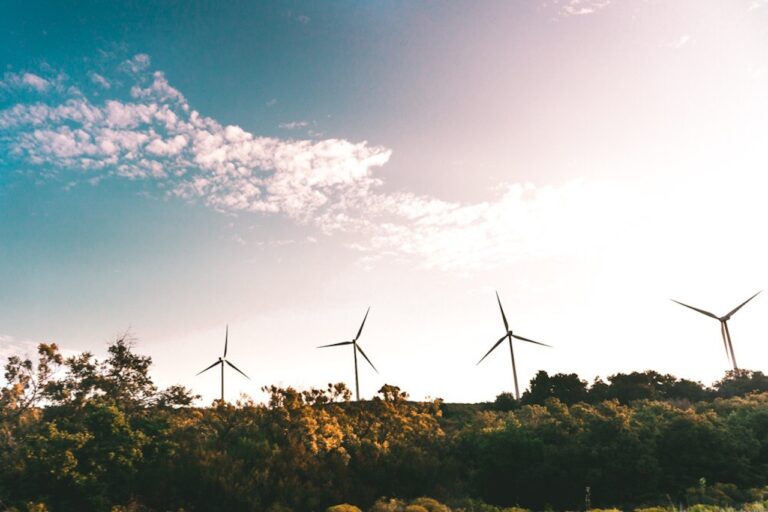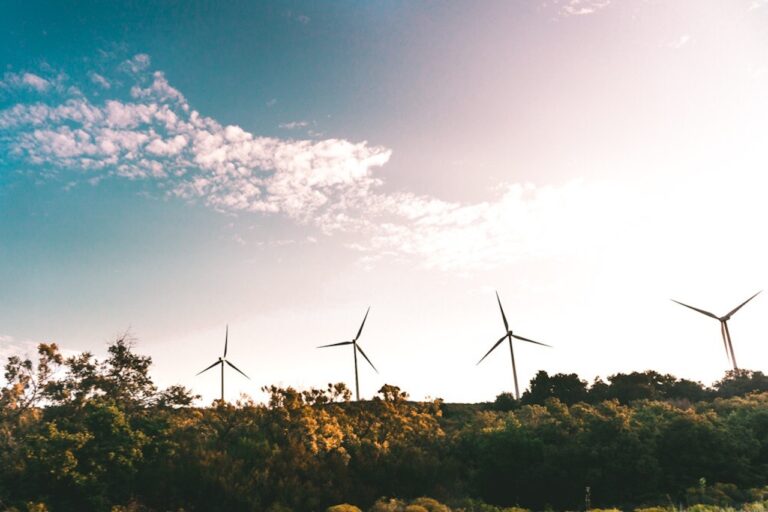Introduction
With the desire to lessen reliance on fossil fuels and move towards more sustainable energy sources, renewable energy has grown in importance in recent years. A promising field of research is the use of artificial intelligence (AI) to maximize the production of renewable energy, which has the potential to increase effectiveness, lower costs, and have a less negative environmental impact. The role of artificial intelligence is becoming increasingly important in optimizing renewable energy production. In this article, we will examine the Role of artificial intelligence in optimizing renewable energy, including the need for optimization, various uses of AI in the industry, real-world case studies, difficulties and future directions, as well as the possible impact of AI on the development of renewable energy.

The Need for Optimization in Renewable Energy Production
The generation of renewable energy sources like solar, wind, and hydro power can be impacted by a variety of variables including weather, demand variations, and maintenance concerns, despite the fact that these sources are plentiful and sustainable. In order to ensure that energy is produced effectively, consistently, and as cheaply as possible, it is imperative that renewable energy production be optimized. By giving real-time data on energy production and consumption, projecting energy demand, and foreseeing maintenance requirements, AI can assist with this optimization process.
Applications of Artificial Intelligence in Renewable Energy Production

AI has many uses in the production of renewable energy. Predictive maintenance is one such use, which entails the use of machine learning algorithms to forecast when equipment is likely to fail so that maintenance can be arranged in advance, minimizing downtime and maintenance costs. The use of AI to forecast energy consumption and production based on historical data, weather patterns, and other variables is another use. As a result, waste is reduced and prices are cut by enabling energy companies to modify their production to suit demand.
Case Studies
Numerous real-world case studies show how effective AI is at maximizing the production of renewable energy. A company by the name of Stem Inc For instance, has installed AI-powered energy storage systems in California that employ machine learning algorithms to optimize energy storage and consumption based on real-time data. An offshore wind farm management system with artificial intelligence (AI) has been created in Scotland. It can forecast wind turbine failure and optimize maintenance schedules, cutting downtime and maintenance expenses.
Challenges and Future Directions

Although AI holds a lot of promise for the production of renewable energy, there are also a number of obstacles and restrictions that must be overcome. For instance, accurate and trustworthy data is required for AI systems, which might occasionally be difficult. Furthermore, the high cost of AI technologies may prevent their widespread use, especially for smaller energy producers. The creation of increasingly sophisticated AI algorithms and the use of AI to improve energy storage and distribution networks are some of the field’s future directions.
Conclusion
In summary, the use of AI to maximize the generation of renewable energy is a promising area of research with the potential to increase effectiveness, lower costs, and lessen environmental impact. The necessity for optimization in the production of renewable energy is obvious, and there are already many examples of AI being utilized in real-world settings to accomplish this optimization. To fully realize the potential of AI in renewable energy, additional research and development in this area will be required to solve the problems and constraints that need to be overcome.



